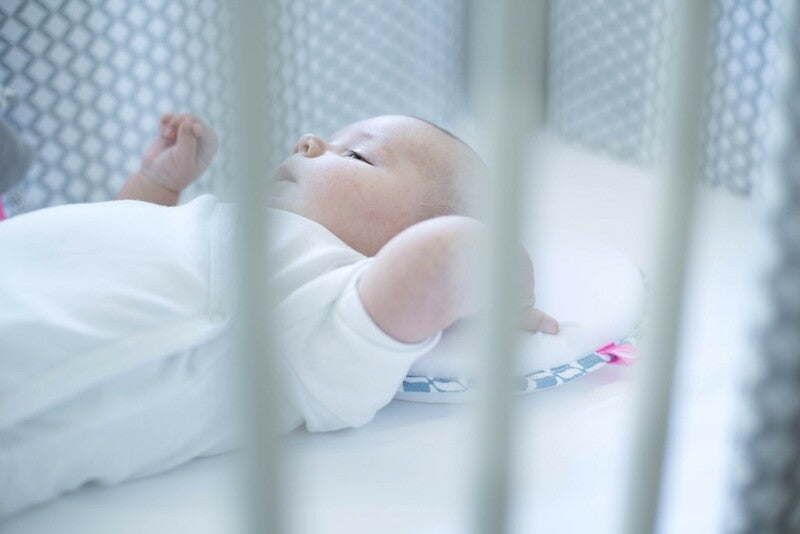Stress in children: how to recognize it.
Stress in children
What is Stress? It is an altered condition of the organism in response to external (exogenous) or internal (endogenous) stimuli that the individual cannot satisfy or has lost the ability to do so. Therefore, it shows signs of psychophysical discomfort towards pressures perceived as high. The organism responds naturally to stress with a first phase of activation, a second phase of adaptation and a last phase of exhaustion when the subject's resources are exhausted. Thus one enters the condition of disease which becomes chronic if the stress becomes continuous over time.
Stress in children and how to help it.
• How to recognize a stressed child
• Symptoms of a stressed child
• Causes
• Children stressed by their parents
• How to help a stressed child
• How to prevent childhood stress
How to recognize a stressed child
It often happens that a teacher signals to the parents a behavior of inattention, a change of mood, aggressive manifestations or "oddities" in the child. And it is in this regard that we should ask ourselves if the stress involved the child and at what level. A stressed child generally exhibits different behavior than usual, and at some point parents and teachers start to worry. To understand if a child is stressed, it is good to first contextualize his behavior, i.e. when it occurs and for how long. To understand if it is linked, for example, to a situation that he is experiencing at home or at school or in other environments that he frequents such as the play-sports one.
Symptoms of a stressed child
The moment a child changes attitude or responds differently to situations, one should begin to think about whether something has happened and in particular whether he is manifesting his discomfort or difficulty in this way. Given the breadth of the concept of stress, some of the prevailing symptoms can be:
• inattention,
• change of mood,
• exaggerated responses to the circumstance, for example if he is particularly sensitive, capricious or oppositional, if he changes his eating habits,
• if you experience performance anxiety, for example at school or in the swimming pool,
• if they show little interest in what they do.
Organic symptoms such as headaches, stomach pains are also signs of stress.
Causes
The triggers can be many and of different types. The main factor to be taken into consideration are the subjective characteristics that is the child's ability to respond to certain pressures or requests taking into account his personal attitudes, his emotionality and the tendency to respond positively to stimulus situations. In fact, although some requests may be a “challenge” for some children, for others there is an enormous difficulty in confronting and competing with peers in achieving a goal.
Children stressed by their parents
Forms of stress for the little ones are parental conflicts, poorly managed economic difficulties, the sharing of situations that tend to be absorbed by the children and not dealt with adequately because they do not have the resources, the demand or the high expectations towards them. - for example with regard to academic performance. The forms of maltreatment and intra-family abuse are considered the highest level of stress for the child, so much so as to manifest a series of persistent disorders even after years such as post-traumatic stress disorder, depression, generalized anxiety.
How to help a stressed child
• The simplest way to help a stressed child is not to burden him emotionally and 'relieve' him of the demands. Everything he does, and how he does it, is fine since in that specific moment he is giving his best despite his psychophysical condition. It is clear that making him talk, letting him communicate his discomfort would be far preferable to immediately and clearly understand what he is experiencing, but this is not always easy so it is advisable to reward him when he manages to reach goals, even if small.
• Avoid involving them in family problems as they are unable to help adults solve difficulties and therefore do not put the emotional burden on them and offer them the possibility of a positive solution instead.
• In the case of more serious situations, such as mistreatment or psychological abuse, it is advisable to contact an expert to request support not only for the child but also for the parents if it is possible for the latter. For somatic manifestations, once the diagnosis has been made by the pediatrician, the in-depth study could be integrated with at least a psychological visit to have a broader picture of the symptom manifested.
How to prevent childhood stress
When we talk about prevention we refer to three levels of intervention:
• primary (before the symptom or situation occurs)
• secondary (when the symptom or situation has occurred)
• tertiary (it has already happened and we need to intervene).
Well, when we talk about children and stressful conditions it is difficult to be able to assess a priori what type of behavioral response will follow, but it is possible to understand how much it can 'endure' or respond adequately based on its personality characteristics. More sensitive or shy or reluctant or introverted children will be more in difficulty if subjected to exaggerated pressure but a good response could be obtained if not forced and adequately reinforced in terms of self-esteem. The latter is particularly important since the judgment of adults for an individual in developmental age is relevant and being able to satisfy the requests is for them an index of recognition. Conversely, more lively, self-confident and extroverted children have less difficulty in stressful conditions but always if the situation does not require a performance above their capacity.






Leave a comment